A brief history of the past, present and future of the biggest particle accelerator on the planet – the 27 km circumference Large Hadron Collider – was delivered last night by Prof Fabiola Gianotti at the most glittering event in the Science Museum Group’s calendar.

In a passionate speech about the importance of scientific curiosity, the Director General of CERN, said that although the giant Geneva-based laboratory pursues ‘the most fundamental of all sciences’ by recreating conditions seen just after the big bang some 13.7 billion years ago, it has changed the world.
Perhaps the best known example is the development in CERN of the World Wide Web three decades ago, which was recently celebrated by Sir Tim Berners-Lee in CERN, along with a major public event in the Science Museum, where Sir Tim’s NeXT computer and the first server was shown to Her Majesty the Queen.
At CERN around 17,000 people – who she emphasised are not ‘old and boring’ – work on a range of fundamental research, notably on elementary particles and forces, along with antimatter, dark matter and dark energy (mysterious sources of gravity and anti-gravity which make up 95 percent of the universe), at the cost of just ‘one cappuccino/year per European citizen’ (that is 1.2 billion Swiss Francs per year).
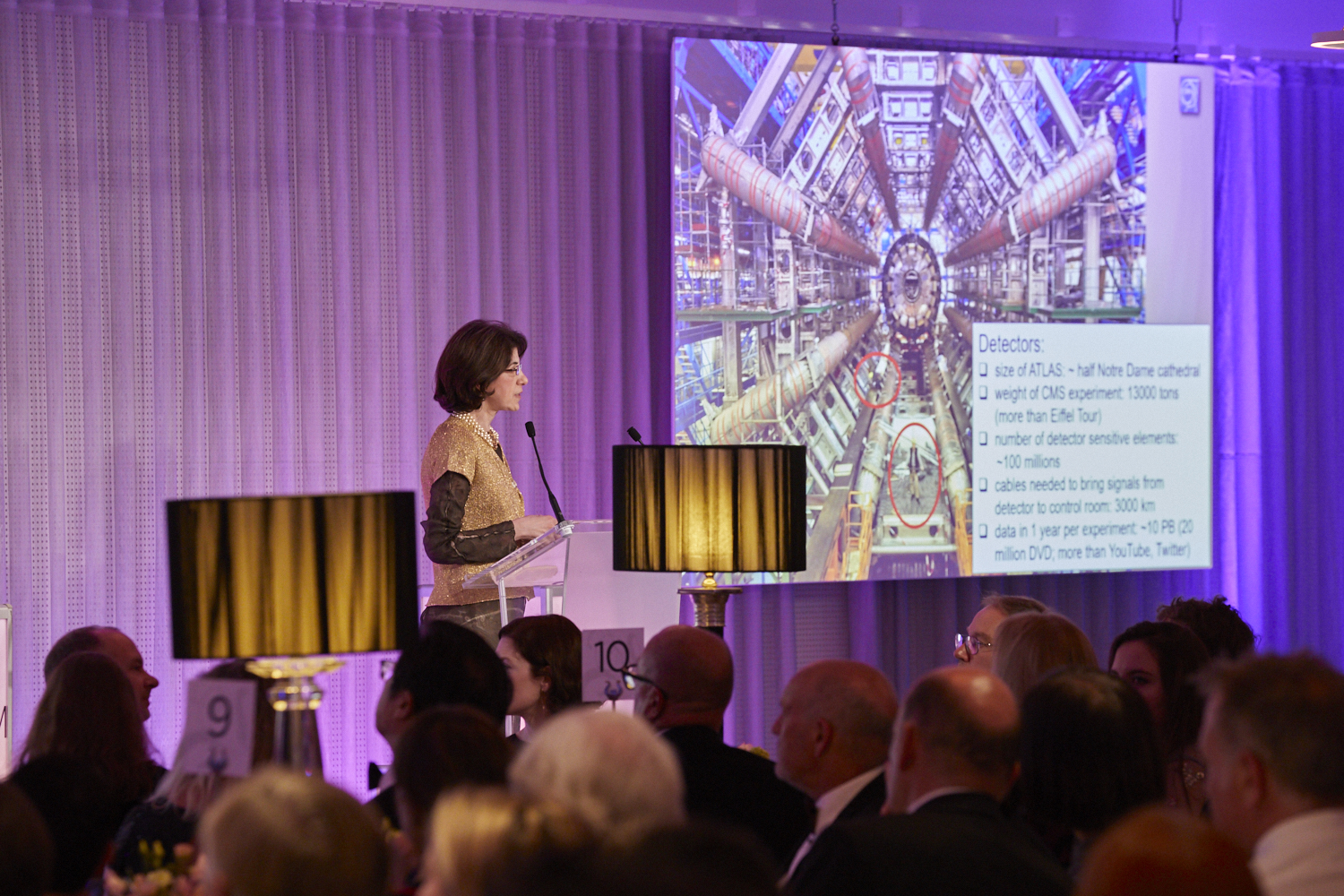
Perhaps the best-known recent example of fundamental science to emerge from the laboratory is the 2012 discovery of the Higgs boson, ‘a very special particle’ thought to give all other particles their mass, and named after the UK scientist Peter Higgs, who went on to share the Nobel Prize the next year.
That year the Science Museum celebrated the LHC and Peter Higgs with the launch of ‘a very nice exhibition’ developed with the help of CERN, Collider: Step Inside the World’s Greatest Experiment, which went on an international tour and was seen by more than 600,000 people.

In her tribute to the power of fundamental research, Prof Gianotti outlined the many advances to spin out of CERN, from medical imaging and cancer therapy to airport scanners and nuclear waste transmutation.
As for the future, she said that the LHC, which is currently being upgraded, will operate until 2037. ‘Various options for future, more powerful colliders are being studied,’ she said, referring to a linear collider to collide electrons and positrons in a tunnel up to 50 km, and the Future Circular Collider, a 100 km ring for electron-positron and proton-proton collisions.
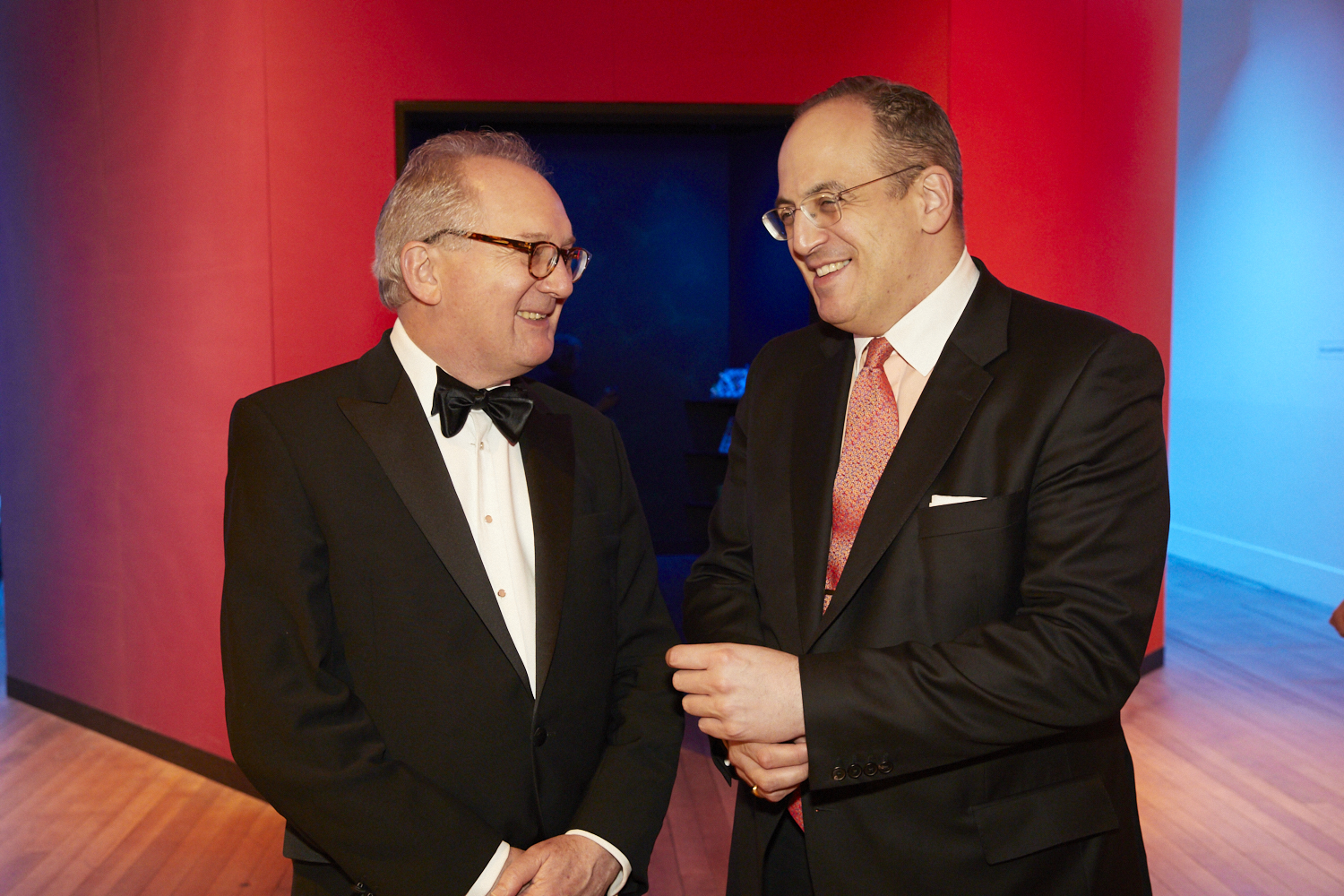
In the shorter term, CERN plans its ‘Science Gateway‘, a new facility for education and outreach being designed by architect Renzo Piano for unveiling in 2022, and one of its advisors is the Director of the Science Museum Group, Sir Ian Blatchford.
In his address to the glittering event, held in Wonderlab and the museum’s new Illuminate event space, Sir Ian recalled ‘blissful memories’ of a national tour of Tim Peake’s Soyuz spacecraft, sponsored by Samsung, that concludes in a fortnight.
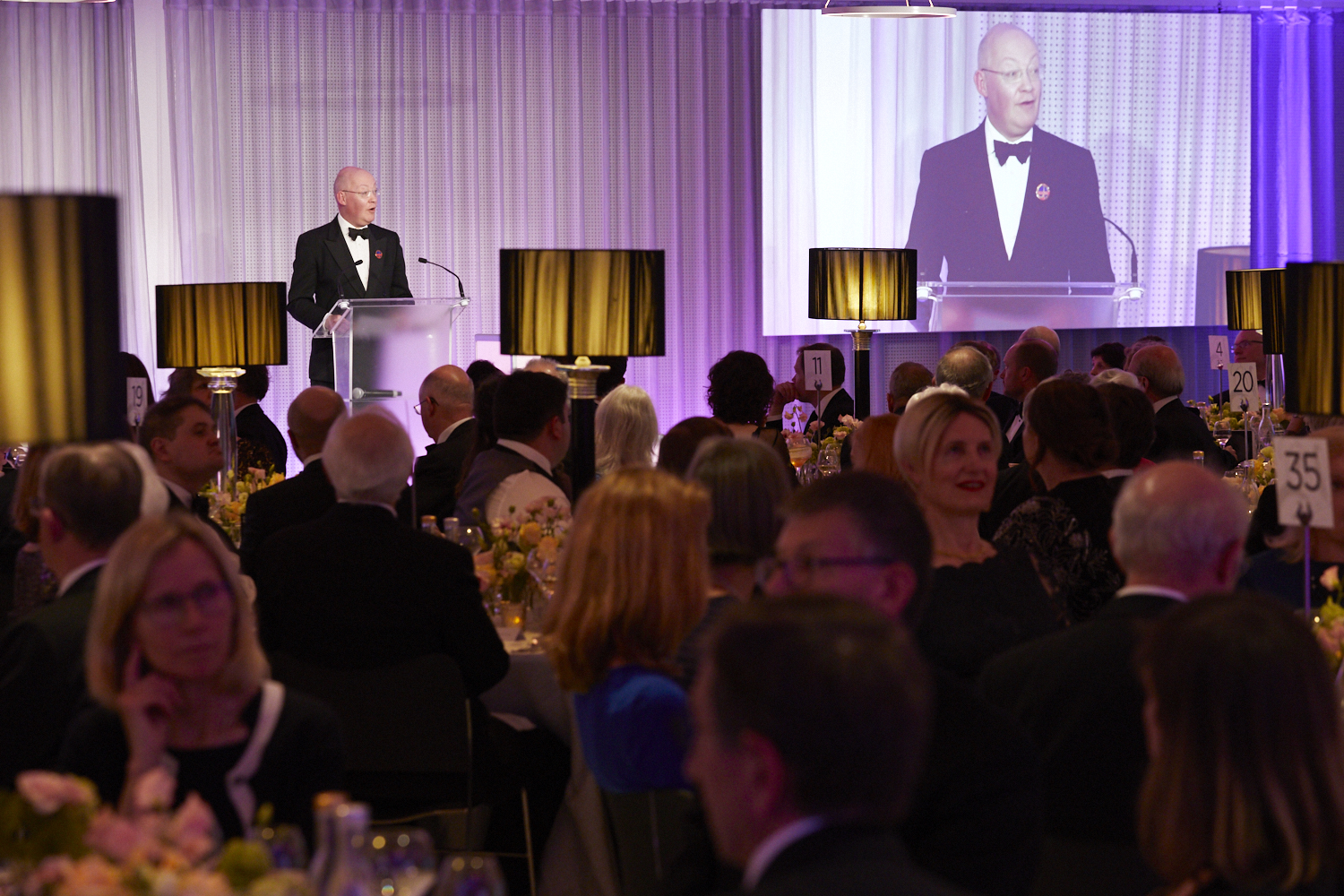
On 12 June the museum opens Driverless: Who is in Control? which examines one of the more tangible impacts of AI, with the support from MathWorks, Direct Line Insurance and PwC, with Samsung as Technology Partner.
The exhibition replaces Superbugs: The Fight for our Lives, about the future of anti-microbial resistance, that is now touring venues in China, India, Russia, Argentina and Mexico. ‘We were delighted to get the support of the Wellcome Trust, British Council and corporate sponsors Pfizer to help us spread the word about the severe threat of antibiotic abuse in human and animal health.’

Britain faces other threats; and terrorism and cyber-crime are amongst the most alarming, he said, introducing ‘a great institution that ensures our freedom and safety,’ GCHQ.
In 2019, it is 100 years old and the museum will be celebrating their centenary with a new exhibition that opens in July: Top Secret: From Ciphers to Cyber Security.
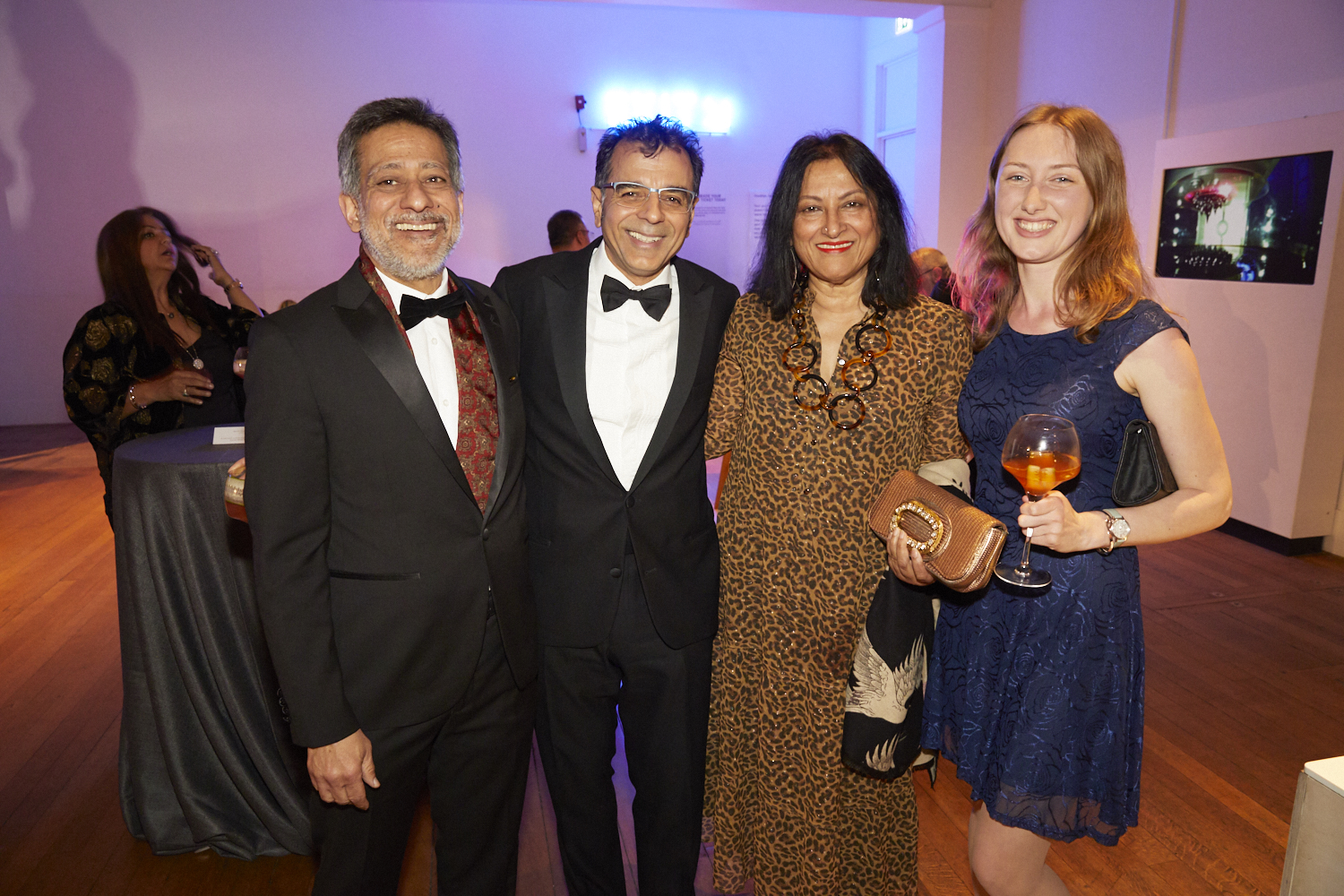
In September: Science City: The Linbury Gallery will explore the science that flourished in, and shaped, London between 1550 and 1800, uniting for the first time ‘three world-class collections: our own outstanding holdings of scientific instruments; the King George III scientific collection of King College London, and experimental devices – and art works – from the Royal Society.’
‘In 2019 London can claim to be the most scientific of world cities,’ said Sir Ian.
The new gallery is the first of three major projects this autumn: in September we also launch The Art of Innovation, an ambitious partnership with BBC Radio 4 to deliver a twenty-part radio series, an exhibition and a book on the story of the changing relationship between visual art and scientific and technological innovation.
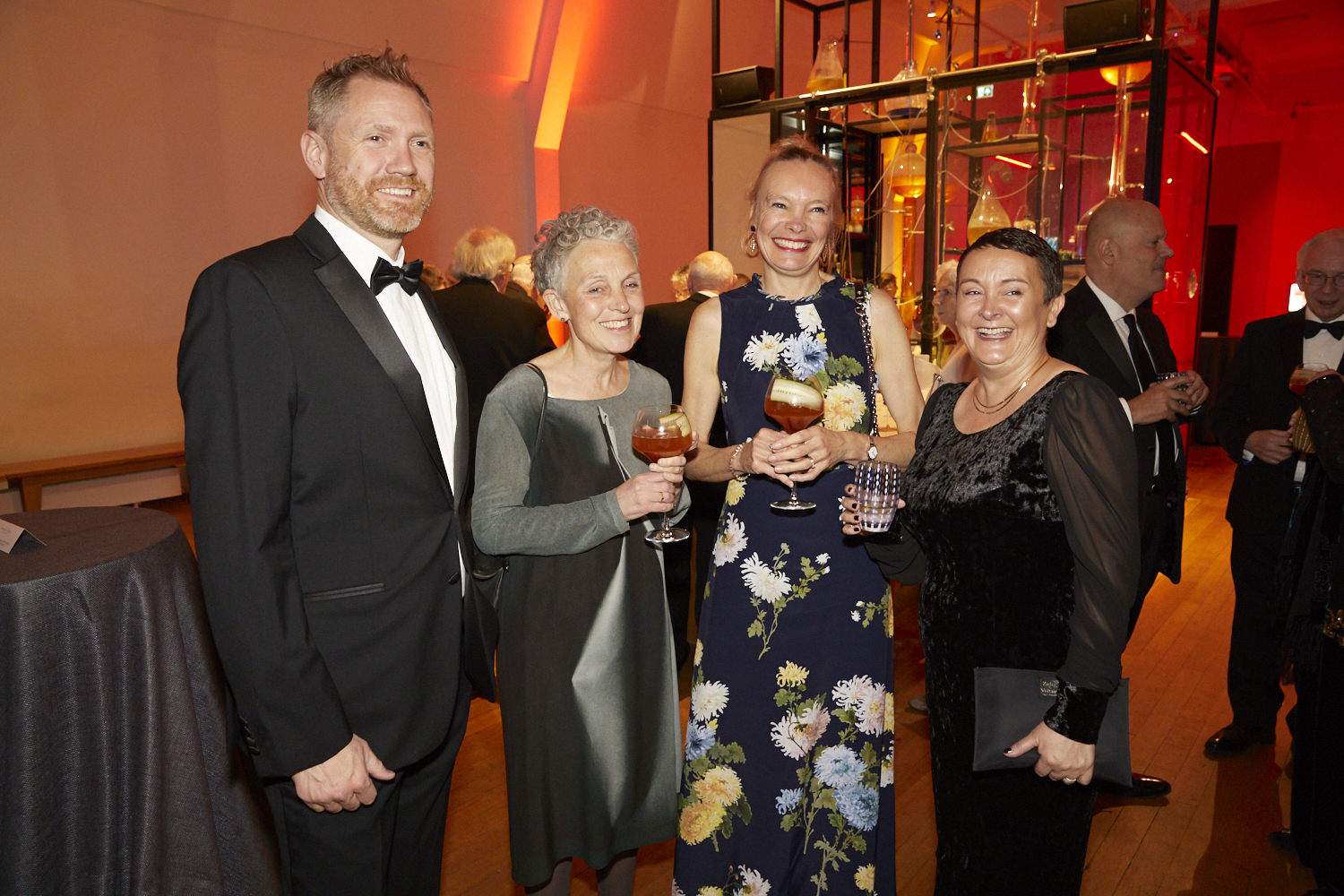
The third and final flourish ‘will be our most ambitious project in a generation,’ said Sir Ian, the opening of the world’s largest and most important Medicine Galleries in November that will transform the first floor of the Science Museum, creating a magnificent new home for the extraordinary collections of Henry Wellcome and the Science Museum: ‘More than 400 years of doctors and patients; triumphs and disasters; genius and hubris.’
Sir Ian was delighted to note that both permanent galleries (Medicine and Science City) have received considerable capital funding from the newly rebranded National Lottery Heritage Fund. A great achievement in the current funding climate.
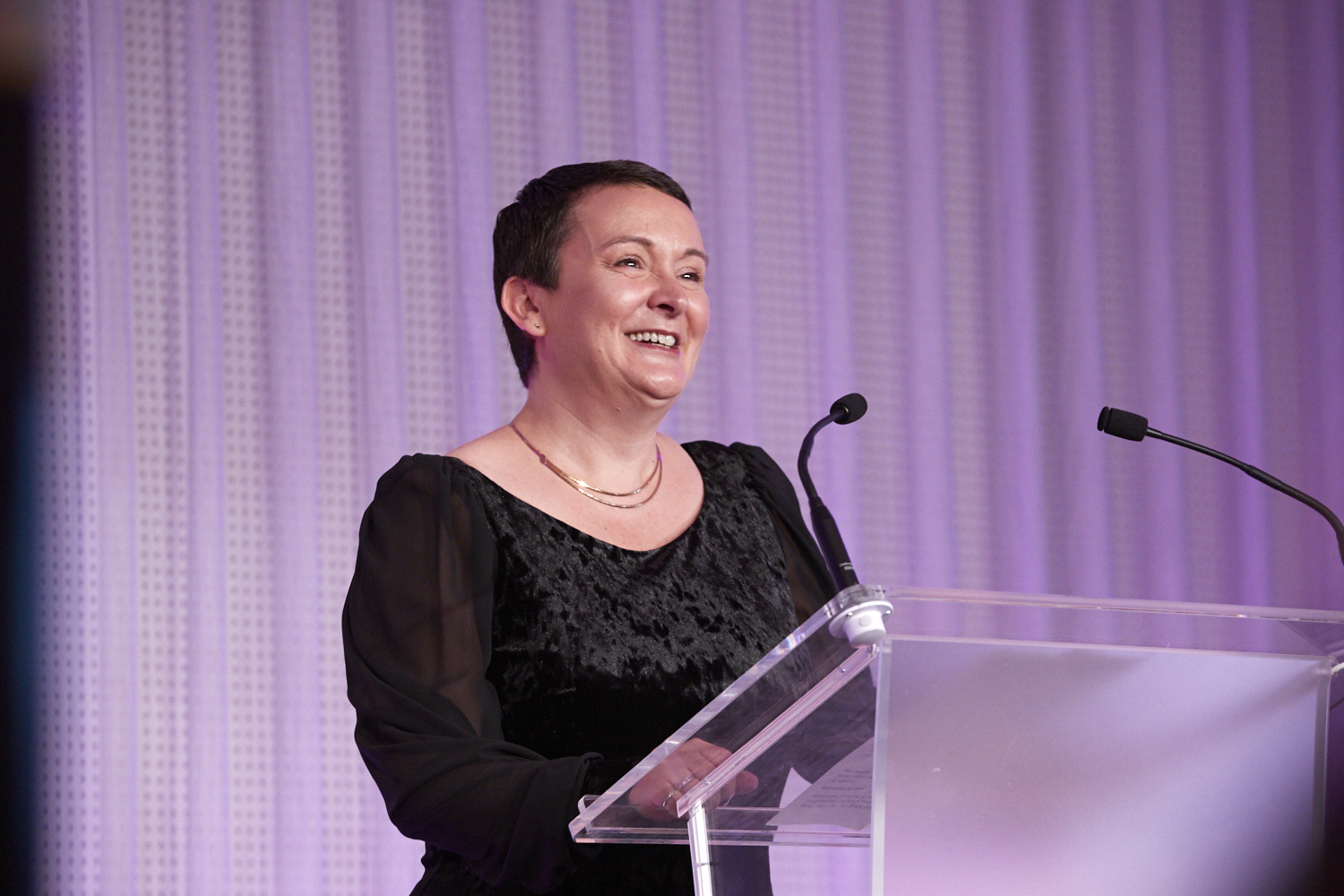
The host for the evening was Judith McNicol, Director of the National Railway Museum in York, the first female director in its history, who said that the birth of the railways had had as transformative an effect as the world wide web.
In her speech, the National Railway Museum director discussed the ‘most radical change since its foundation in 1975. We call it Vision 2025… a bold £55m investment in the museum which will make us the cultural heart of York Central, a once-in-a-lifetime redevelopment of the city centre.’
Finally, Dame Mary Archer, Chair of the Science Museum Group Board of Trustees and chair of the York Central Strategic Board, presented a Fellowship to the Museum, its highest accolade, to Prof Fabiola Gianotti, who called the Science Museum ‘the best in the world.’
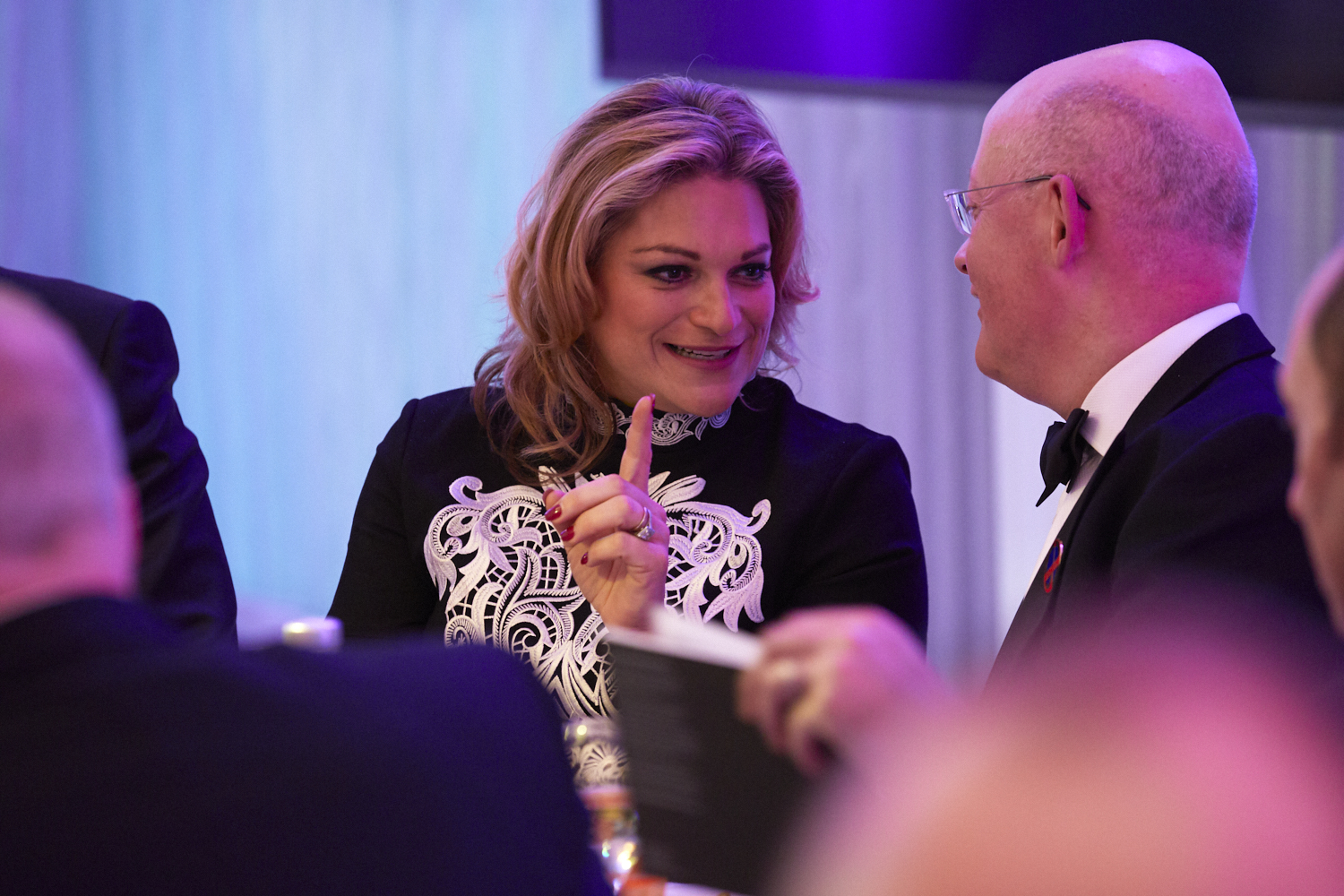
Dame Mary discussed some of the other highlights of the museum year, The Sun: Living With Our Star, which in July will open in the Science and Industry Museum, Manchester.
Another recently closed exhibition was The Last Tsar, generously sponsored by Russian Railways, a poignant study of the life and terrible death of the last tsar of Russia through the lens of the medical history of the Imperial family and the Tsarevich’s haemophilia.

She also thanked BP, founding partner of the Science Museum Group Academy, which we launched last autumn. Operating out of two hubs, our Science and Industry Museum in Manchester and the Science Museum, the Academy offers evidence-based training for teachers, STEM professionals and science centre staff on how to engage audiences.
Finally, Dame Mary praised fellow Trustees, the members of the Science Museum Foundation, and our Patrons, benefactors and sponsors.
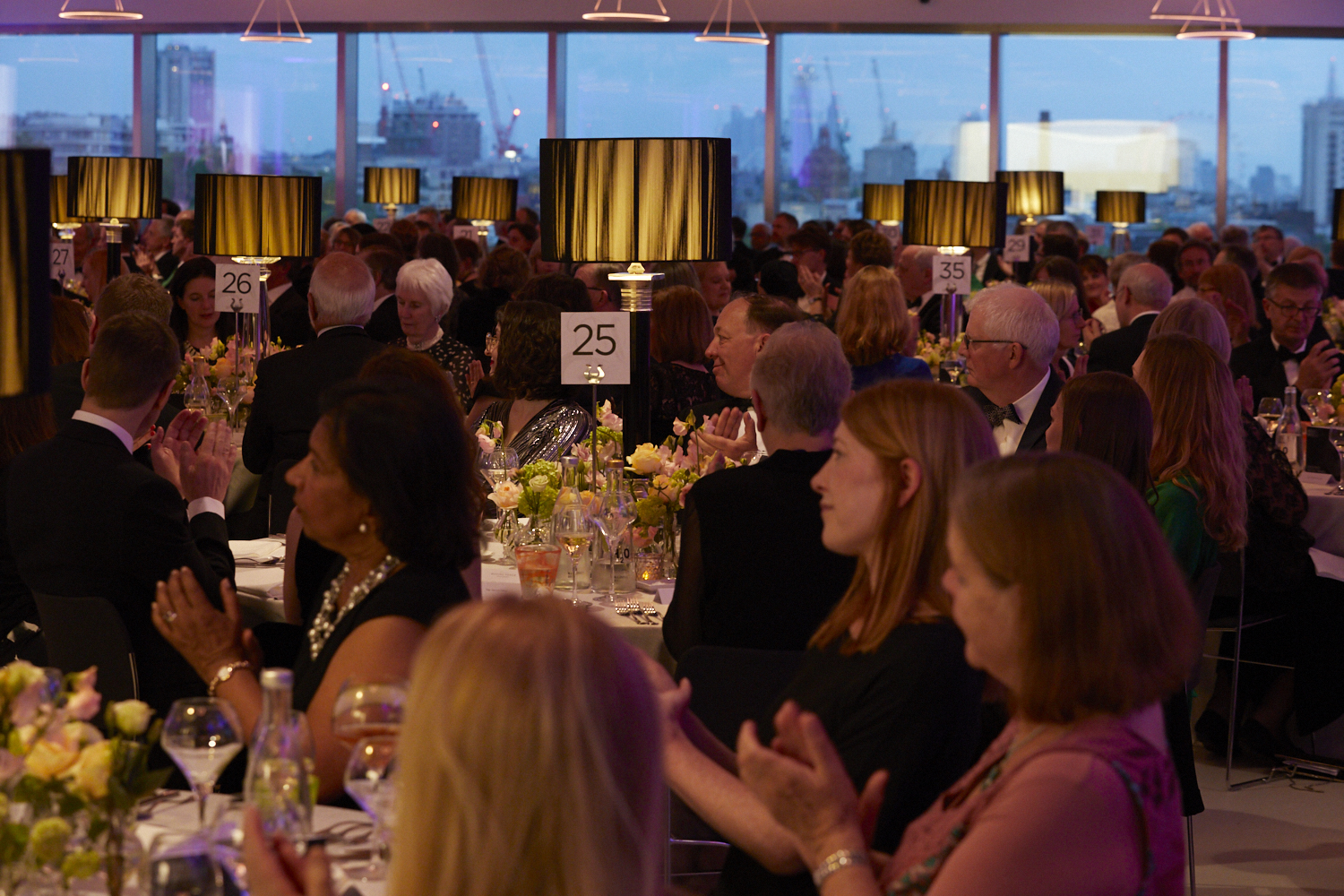
Among the VIPs in attendance were Arts Minister Michael Ellis; Sir Mark Walport, Science Museum Fellow and Chief Executive of UK Research and Innovation; Sam Lister, Director of Industrial Strategy; Charlotte Warakaulle, Director of International Relations, CERN; Prof Gail Cardew, Shaun Fitzgerald and Frank James of the Royal Institution; Valerie Gibson, Professor of Physics and Head of the High Energy Physics group, University of Cambridge; Trustees Lord Grade, Ajit Lalvani, Lopa Patel, Sharon Flood, Russell Foster, Ludmilla Jordanova, Anton Valk; John Cassy of Factory 42; Prof Lucie Green of UCL; Sir John Gurdon, Nobel prizewinner; Right Rev Nick Baines, Bishop of Leeds; Anthony Geffen, Emmy and Bafta award winner, of Atlantic; author Jeffrey Archer; Emma Lynn, Corporate Affairs Director of Pfizer Ltd; Robin Grimes, chief scientific adviser in the Ministry of Defence; Penny Fidler of the Association for Science and Discovery Centres; Nicki Sheard of Charlotte Tilbury; Sir Peter Hendy, Network Rail; Jo Twist, Chair of Bafta Games.